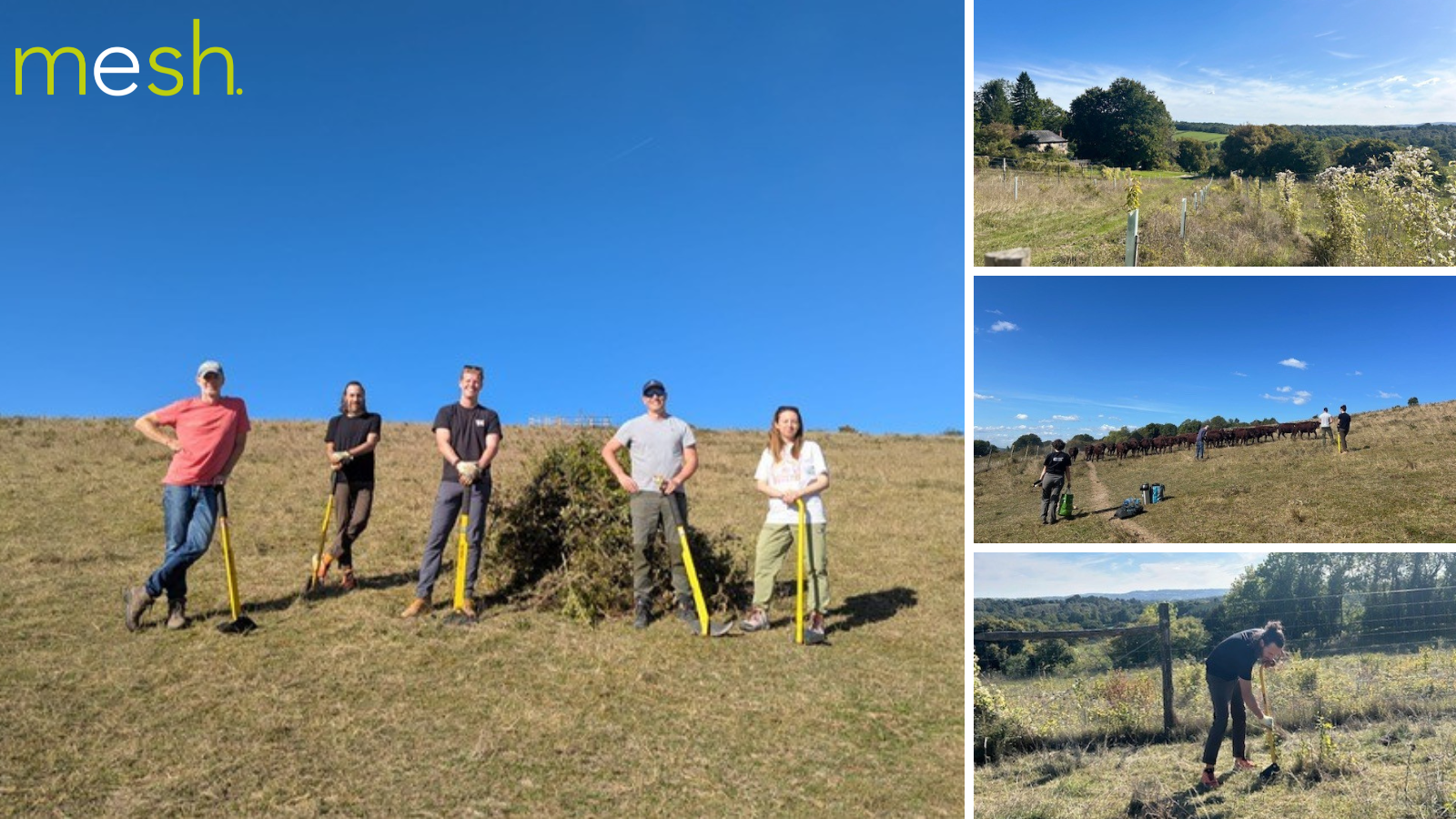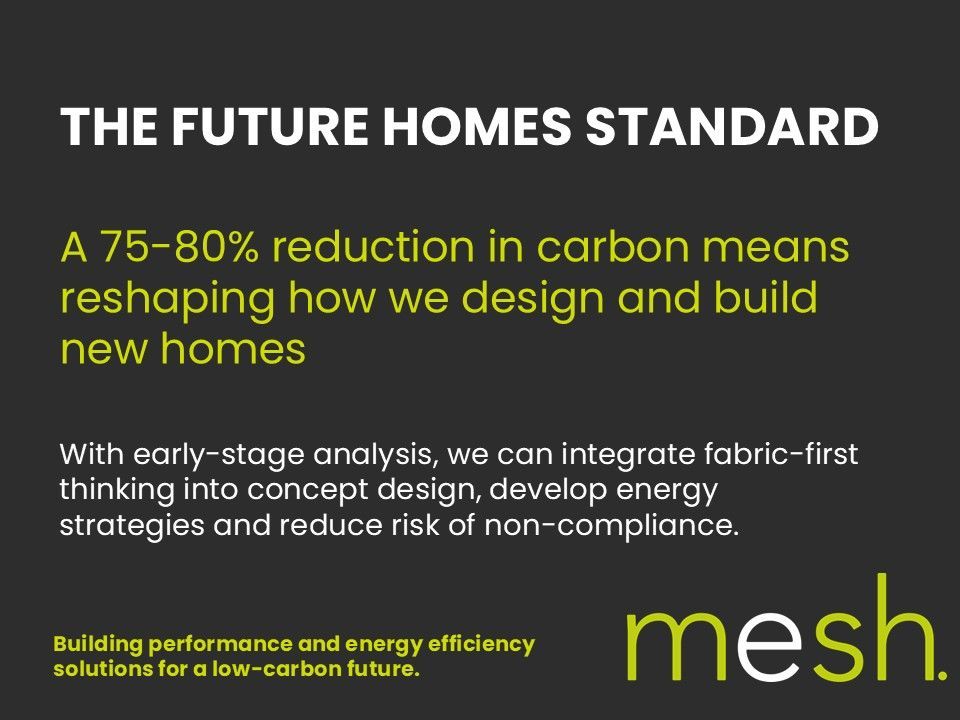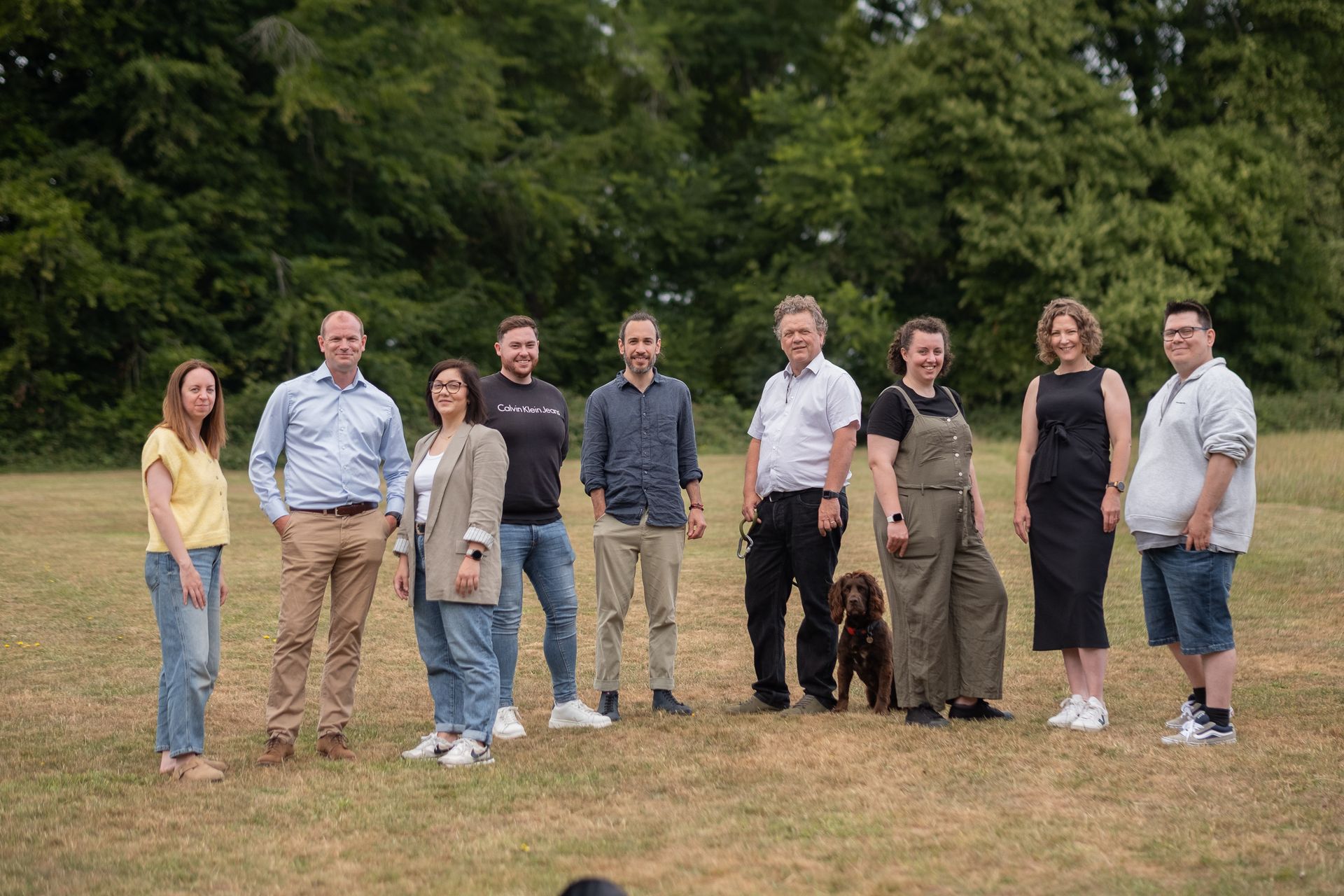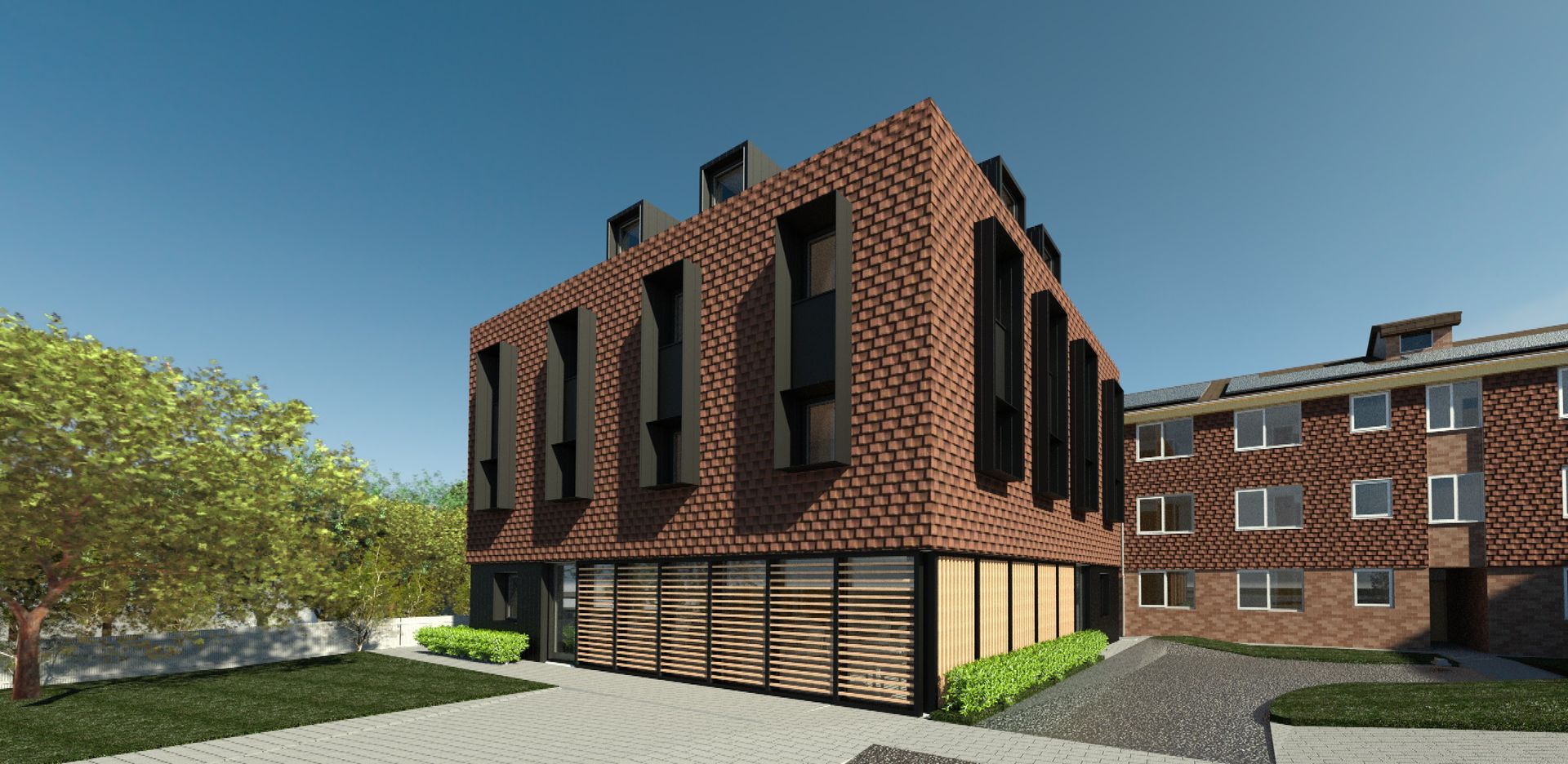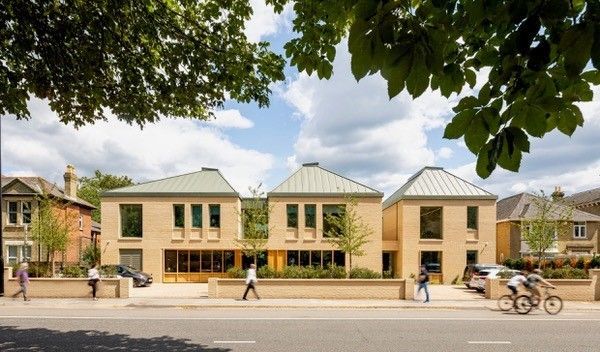Mesh Energy: Our B Corp Journey - Part 2
In our first blog on the topic of B Corporation we covered what the certification is, why we chose it, and what was involved in the accreditation process. In this second part we will run through the various sections and how we scored, and what we can do to improve.
How did we score?
There are five main areas that make up a company’s overall score, with a total of 200 points up for grabs. Our total score was 98.7 points and looking at published data most companies seem to sit between the 80–120-point range.
Not a bad effort for a small team, but where were points scored? The main areas of assessment are Governance, Workers, Community, Environment, and Customers.
Governance (Score 18.5)
We scored strongly on things like having a formal public mission statement that we actively share with the team and wider community, as well as the fact we track key performance indicators (KPI) like net promotor scores from customers. The fact our team leads review the company’s financial performance on a monthly basis helped boost our score due to the internal transparency this represents.
Workers (Score 35.5)
Strengths in this area came in the form of salary scales, bonuses in non-profitable periods, and supplementary private health benefits for all staff regardless of status. High annual percentages of training and continual learning scored favourably with employee satisfaction and engagement (understood by quarterly feedback) also getting us top marks.
Community (Score 18.8)
Significant contributors to this section included a low ratio between the highest and lowest paid in the business, as well as the proportion of female managers in the team. Net growth rate, geographically-local ownership, and regular donations to charities (as part of our 1% gross revenue pledge) all help too.
Environment (Score 24.4)
The minimal carbon impact of the business/£M as well as our efforts to carbon offset and make the business carbon negative/climate positive were key to our score. In addition, the way in which we engage and educate our stakeholders, and measure the long-term impact of our services, were both contributors.
Customers (Score 3.2)
The primary driver behind the score for this section was our demonstrable desire to protect our clients and ensure they see the value in working with us. This was reflected in our offering of guarantees, PI insurance, customer feedback questionnaires and our solid GDPR and privacy policies.
When is the next assessment date, and what exactly do we want to improve?
Based on what we have been told by B Corp, our next assessment date is in 3 years’ time, which gives us time to make improvements in a number of areas. Based on our scoring feedback, there are still various areas that can be improved on or begun. The five areas we have chosen to focus our energies on in the next 3 years include:
Salaries
As we see a rapidly changing economic environment and the cost of living is rising, I would like all team members to feel as if Mesh was responding to this and softening the blow. One less thing to worry about – right?!
Employee engagement
We are very lucky to be in a fast-growing sector and I have the everyday joy of working with dedicated team members. Employee ownership opportunities and feeling invested in the future success of Mesh is never far from my mind, so a positive change will be made soon in this area.
Giving
We can always give more to those less fortunate than ourselves and charitable giving and community service will be ramped up year on year. Both local initiatives such as Challengers (supporting disadvantaged teenagers and those with special needs) and national charities such as MNDA (Motor Neurone Disease Association) will be our chosen beneficiaries.
Energy Monitoring
This is such a simple thing to do but we’re not currently doing it. With some cost effective and accessible mobile monitoring, we can record, monitor, and report energy usage in a more enriched way over the coming years. Once we know where our energy usage is highest, we can also make strategic efforts to reduce it.
Diversity and inclusion
As the Mesh team grows and our numbers increase, we also need to increase the number of our staff, management team, and partners, who come from under-represented backgrounds. Our remote and flexible working culture means we have access to a network that extends well beyond the South-East, and we’re keen to build a team of differing approaches, opinions, and ideas.
So, still lots of room for improvement but not a bad start on our B Corp journey. Like so many things in life, with some focus and continual effort, incredible things can happen, and real progress can be made sooner than you may imagine. Here’s to the future of Mesh!
SHARE THIS POST WITH YOUR NETWORK


